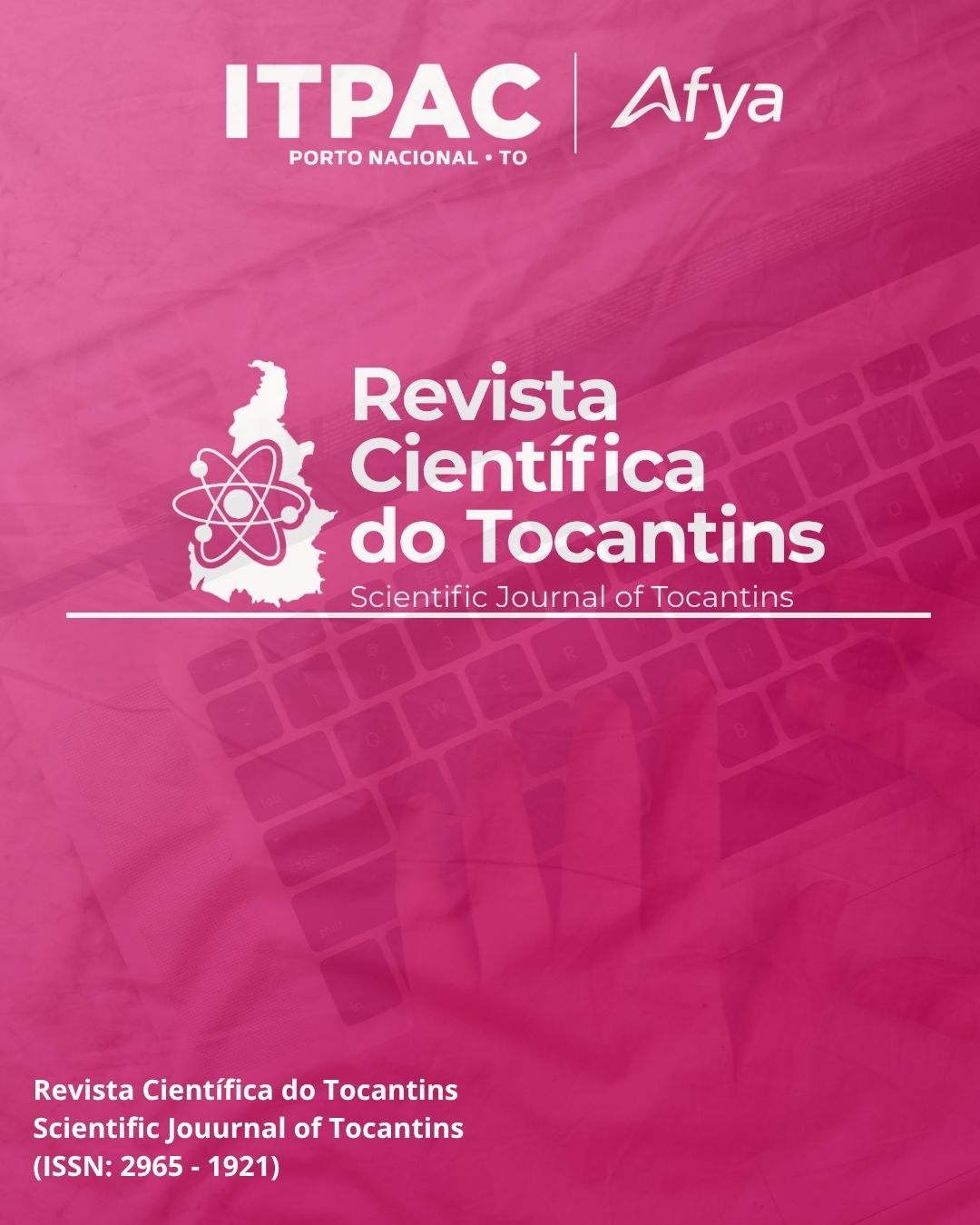Prevalence of Syphilis in pregnant women in the municipality of Porto Nacional- Tocantins between 2021 and 2024
Keywords:
saúdeAbstract
Gestational syphilis is a sexually transmitted infection that requires mandatory notification and is directly related to social inequalities, failures in prenatal care, and weaknesses in health services. Despite national testing and treatment protocols during pregnancy, it remains one of the main preventable causes of fetal and neonatal injuries in Brazil. This cross-sectional, quantitative, and descriptive study analyzed data from the Notifiable Diseases Information System (SINAN) regarding pregnant women with syphilis in Porto Nacional, Tocantins, Brazil, from 2021 to 2024. Variables such as year of diagnosis, type of test (treponemal and non-treponemal), age group, race/color, education, and clinical classification were evaluated. The results showed a constant maintenance of cases throughout the period, with a prevalence above the national average. Most pregnant women were between 20 and 39 years old, self-identified as brown, and had an education level ranging from incomplete elementary school to complete high school. Primary and latent clinical forms predominated, as well as widespread use of treponemal testing and low application of non-treponemal tests. The analysis highlighted gaps in early screening, regular testing during prenatal care and completeness of notifications, compromising the control of vertical transmission. It is concluded that, although there is a basic care structure, there are challenges in the effective implementation of national guidelines, especially in the articulation between surveillance and care. The findings support the planning of strategies to improve the diagnosis, clinical monitoring and prevention of syphilis in pregnant women.





